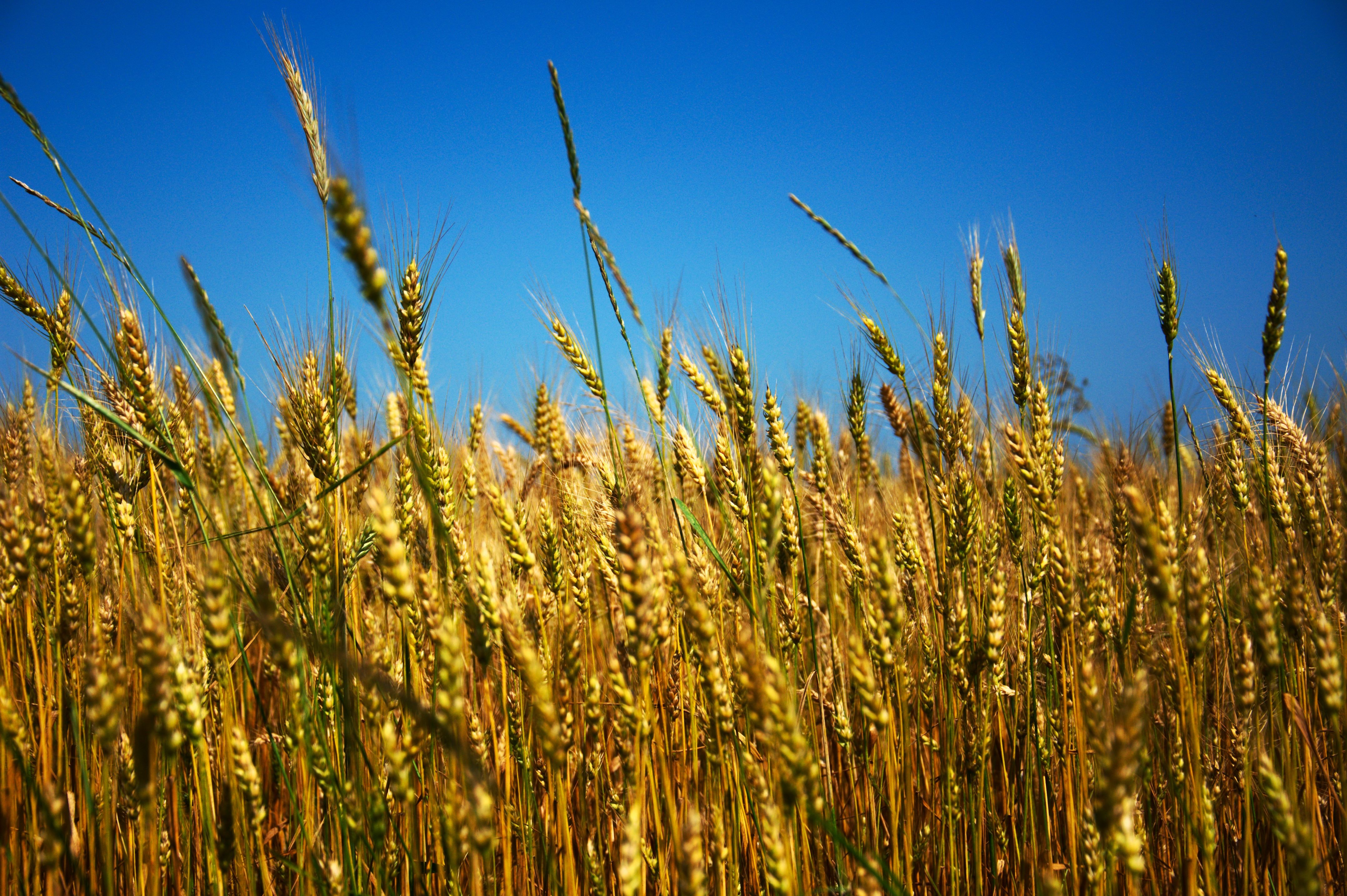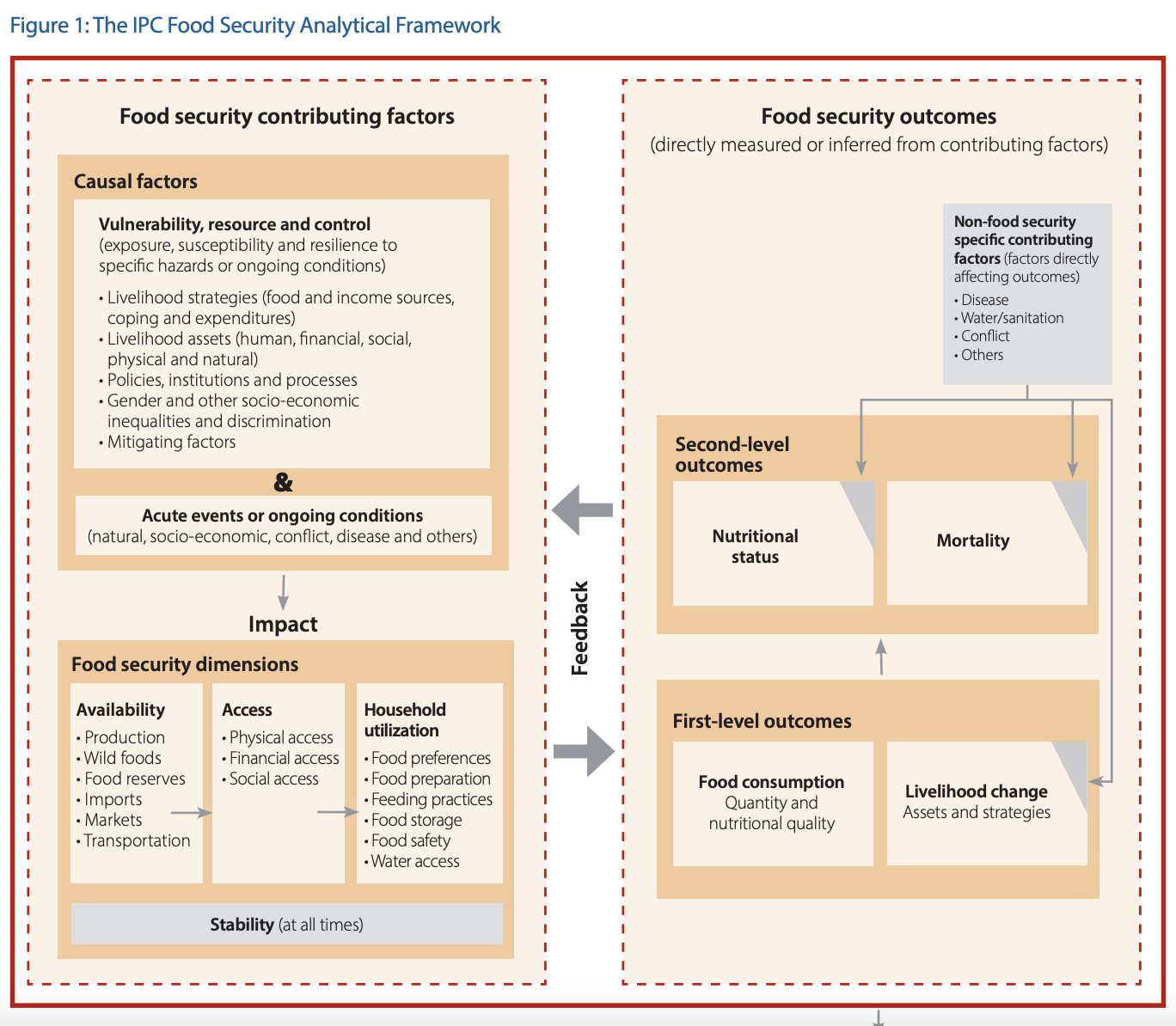Guidance for Incorporating the Impact of the Conflict in Ukraine on IPC Acute Food Security Classifications
Besides devastating the lives of the population of Ukraine and decimating key parts of the infrastructure and economy of the country, Russia’s invasion of Ukraine has had wide repercussions outside the Ukraine borders due to the importance of Russia and Ukraine as food crop exporters and the prominent role of Russia in the global economy in terms of oil, natural gas, fertilizer and employment opportunities, especially for citizens from European countries.
Image

The conflict in Ukraine started on February 24, 2022. Because of the potential impacts that this crisis can have on global acute food insecurity, the Integrated Food Security Phase Classification (IPC) Global Support Unit has prepared this guidance document as a resource for IPC analysts as they conduct the IPC Acute Food Insecurity analysis.
This note is structured around the IPC Analytical Framework and focuses on providing a set of guiding questions that analysts should consider when conducting analyses of the different food security elements. In order to conduct the analysis, analysts should consider the different risks the Ukraine crisis poses on food security in the country, e.g., through impacts on imports and increasing inflation, especially due to high food and fuel prices, but also potential mitigating factors such as high self-sufficiency in food products, good trade relations or increasing revenue for the country due to high prices of exports. The analysts are encouraged to review the questions below in light of evidence available on the situation.

Impact of the Conflict in Ukraine on Acute Food Insecurity
In simple terms, countries may be negatively affected by the following issues:
- Lower availability and higher price of wheat. This will be felt as exports of wheat from Russia (due to logistical and banking challenges) and Ukraine (naval blockade of the Black Sea) are severely curtailed by the crisis. According to the International Grains Council, the wheat index has increased by 49% in one year. The issues related to wheat exports are also likely to have ripple effects as countries and customers resort to other cereals, raising overall cereal prices.
- Rising price of vegetable oils. The conflict in Ukraine also affects the availability of other key products, such as sunflower and saffron oils. Even though most of these exports from Ukraine are typically not directed at IPC countries, the same ripple effects on prices of other global vegetable oils are being witnessed. As a result, according to the International Food Policy Research Institute (IFPRI), global vegetable oil prices have increased by around 30% since the start of the conflict.
- Rising price of fuel, which has increased substantially during the crisis due to a large number of buyers blocking imports from Russia and buying fuel from alternative suppliers, which is raising global fuel prices. As per the April 2022 Commodity Markets Outlook of the World Bank, Brent crude oil price is expected to be on average 42% higher in 2022 compared to 2021. Global fuel prices have direct cost effects on transport across the globe. Furthermore, as energy prices influence many prices of essential consumer goods and services (such as heating, lighting, cooking, price of public and private transport, and imported goods) high oil prices can increase overall inflation at country level, including food prices.
- Overall food price inflation. As per the Food and Agriculture Organization (FAO) Food Price Index, global food prices reached an all time high in March 2022, driven especially by increases in prices of cereals, vegetable oil and meat, before retreating slightly in April. Estimates from IFPRI (2022) indicate that in 2021, international prices of food staple items accounted for 40% of the food price increases in low income countries. As of February 2022, right before the war, food price inflation showed significant year-on-year increases in many IPC countries. This trend can be exacerbated by the conflict and the increase in cereal, fuel and oil prices.
- Higher price and lower availability of fertilizer. Russia is one of the largest exporters of fertilizers and fertilizer components. Sanctions affecting banking and transport have led to low exports and some exporting countries have banned fertilizer exports. Fertilizer prices have increased globally (IFPRI 2022), and the situation is expected to remain problematic.




